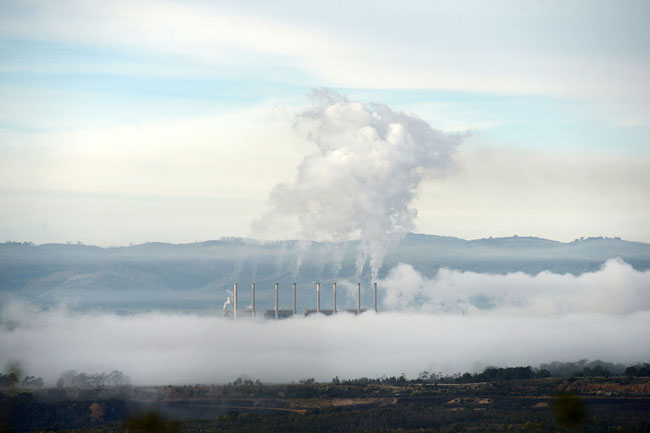

The severe snowstorms that battered much of the U.S. and the U.K.’s wettest winter in almost 250 years were at least partially caused by rising greenhouse-gas emissions, a University of Oxford researcher said.
Rising sea temperatures in the tropical Western Pacific also exacerbated last year’s typhoon season including Haiyan, which killed more than 6,000 people in the Philippines, and heat waves in Australia, said Tim Palmer, a professor of climate physics whose findings appear today in the journal Science.
As the climate warms, more heat is trapped in the ocean, Palmer said. This leads to additional moisture in the region’s air ending up in the jet stream, which moves from west to east and dumped more snow and rain on North America and Europe.
“The sea temperatures in that crucial region of the west Pacific, which are some of the warmest ocean temperatures anywhere in the world, have reached these all-time record warmings through an additional effect, which is man-made climate change,” Palmer said in a telephone interview. “The water’s already warm there, and it’s just taken it over the brink to create conditions last winter and into this spring that were unprecedented.”
Palmer’s research builds on work that he began almost 30 years ago that examined how climate trends affected weather patterns in the Eastern U.S.
“There are various links in a long chain, and part of my message is that climate is a complex system,” Palmer said. “Interaction between natural climate variability and man-made climate change are coming together in a perfect storm.”
By Justin Doom
Source: Bloomberg


































